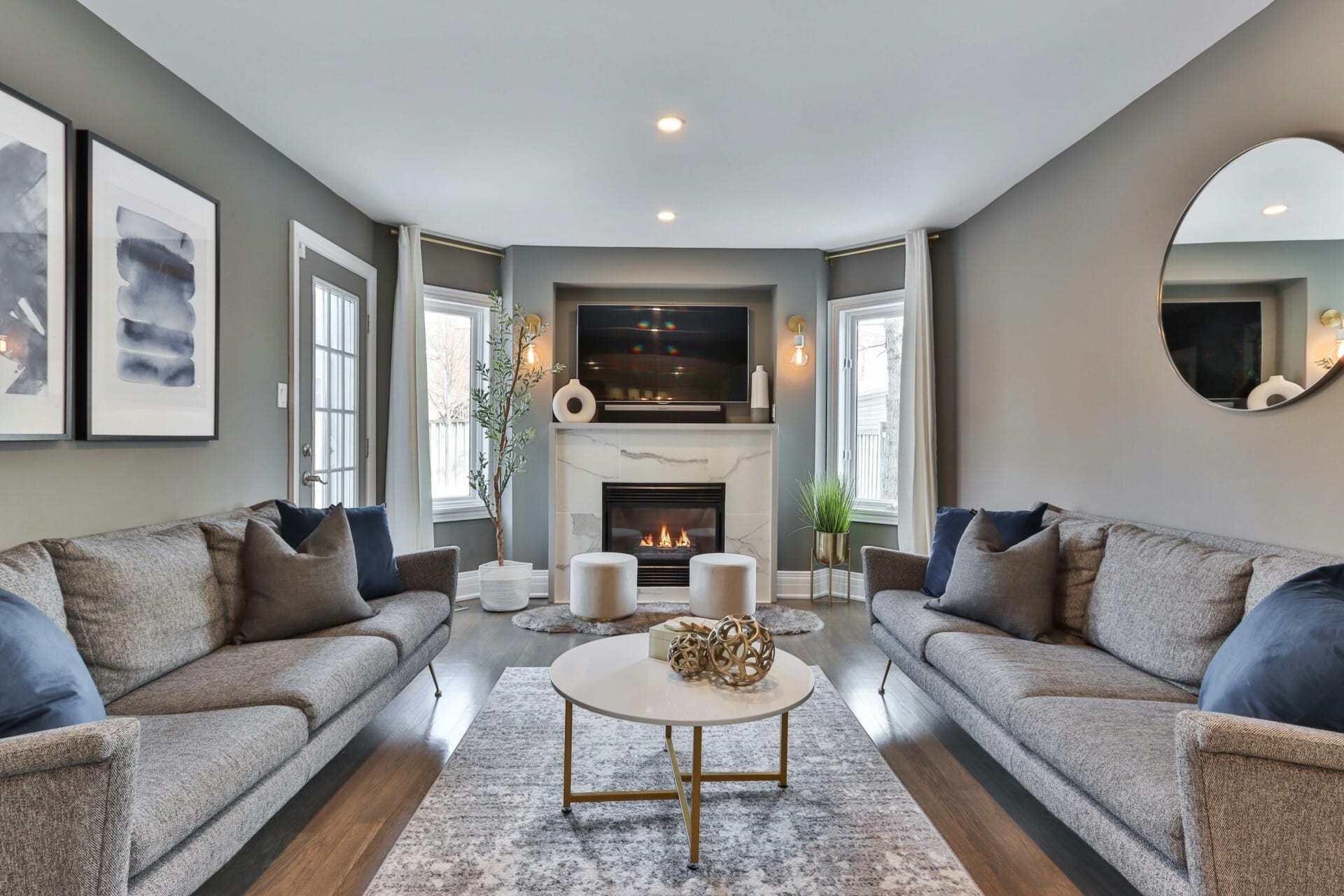Why Proper Planning is Essential for a Stress-Free Home Construction Experience | RumahHQ

Building your dream home can be one of the most exciting adventures of your life! But let’s face it, without some good old-fashioned planning, it can quickly turn into a chaotic journey filled with stress and unexpected surprises. Whether you’re imagining a cozy bungalow in the suburbs or a chic apartment in the heart of the city, having a solid plan in place is key to keeping things running smoothly. In this article, we’ll explore why proper planning is essential for making your home construction experience as hassle-free as possible. So, grab a cup of teh tarik, sit back, and let’s dive into the world of construction planning, where a little foresight can save you from a lot of headaches down the line!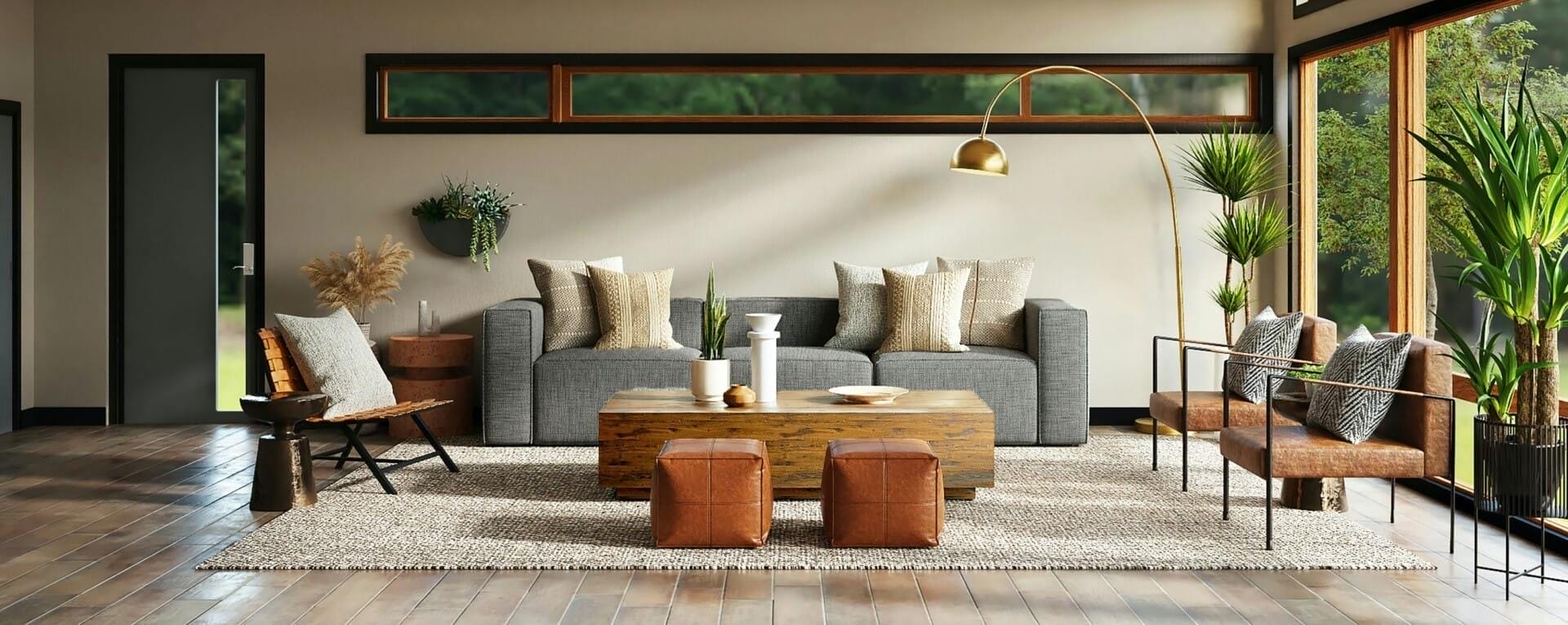
Understanding the Importance of Comprehensive Planning
Planning isn’t just about jotting down a few points; it’s the backbone of a successful home construction experience. Without a solid plan, you might find yourself caught in a whirlwind of unexpected challenges and rising costs. This is where comprehensive planning makes a significant difference. By outlining your vision, budget, and timeline from the outset, you pave the way for smoother execution. Think of it as drawing a map before embarking on a journey—having clear directions makes it easier to avoid detours.
When you take the time to detail your objectives and preferences, it helps in aligning all parties involved, from architects to contractors. It’s crucial to set clear expectations regarding materials, design elements, and functionality. This clarity ensures everyone is on the same page, minimizing miscommunications, which can lead to costly mistakes. Here are some benefits of thorough planning:
- Budget Management: Helps avoid overspending and keeps finances in check.
- Time Efficiency: Facilitates timely decision-making and avoids project delays.
- Resource Allocation: Ensures the right materials and labor are available when needed.
To give you an even clearer picture, here’s a simple comparison of a planned vs. unplanned construction project:
| Aspect | Planned Project | Unplanned Project |
|---|---|---|
| Budget Control | Adheres to budget | Often exceeds budget |
| Timeline | Meets deadlines | Frequent delays |
| Quality | Consistent quality | Risk of subpar work |
Incorporating a detailed and comprehensive plan from the beginning sets a positive tone for the entire project. It not only helps in managing expectations but also empowers you to navigate through uncertainties with confidence. After all, a well-thought-out plan transforms the daunting task of home construction into an exciting journey towards creating your dream space.
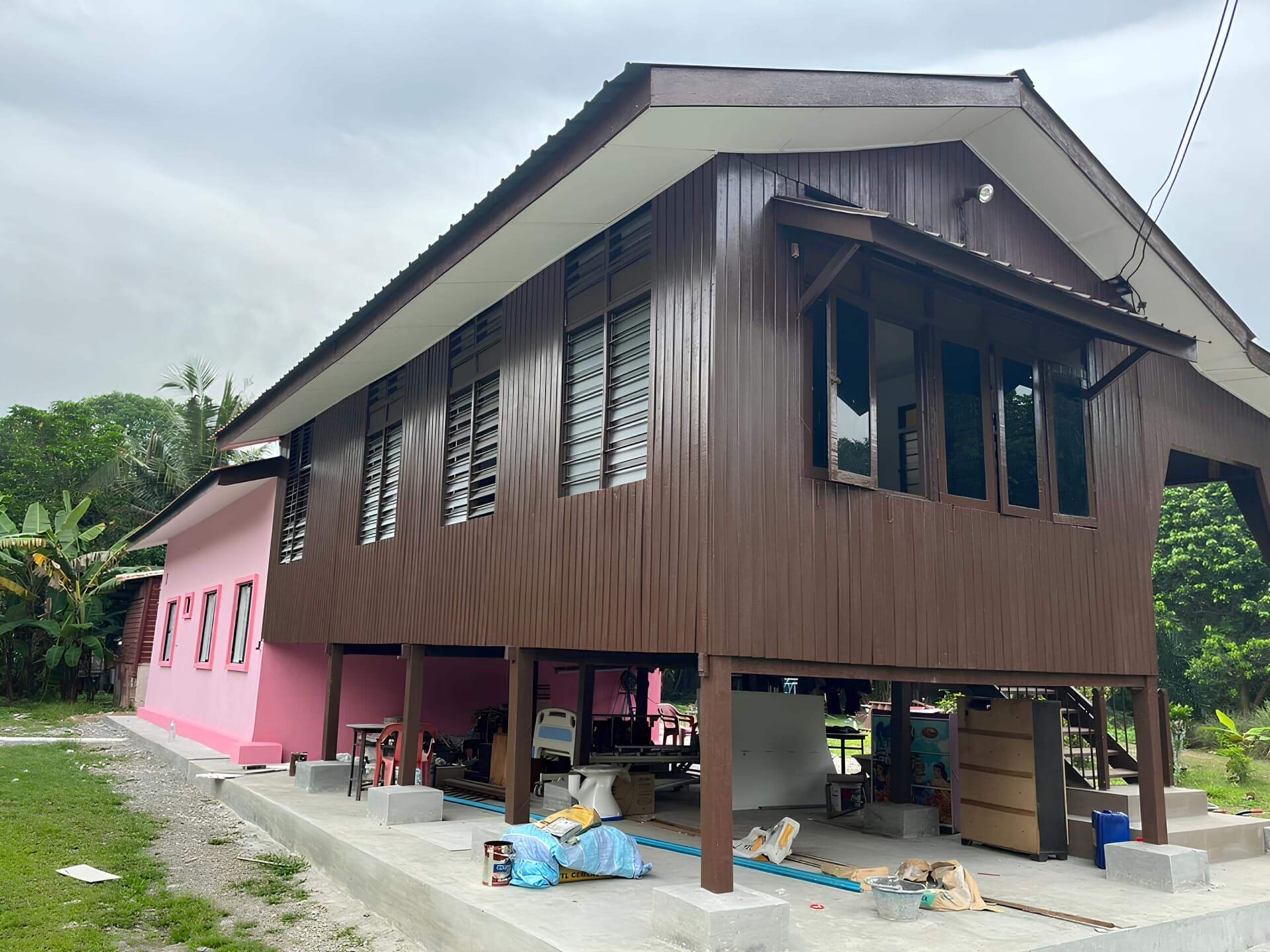
Setting Clear Goals and Priorities for Your Construction Project
Kickstarting your construction project begins with laying down some solid goals and priorities. This is about more than just hammering nails or laying bricks; it’s about crafting a vision that aligns with your desires and needs. Start by jotting down what you want to achieve with your home. Ask yourself key questions like: What’s your budget? How many rooms do you need? Do you have a dream kitchen in mind? A simple list can act as your guiding star throughout the building process.
Once you’ve identified your goals, it’s time to prioritize them. Think about what’s absolutely essential versus what would be nice to have. It can often be helpful to use a simple ranking system to categorize your goals based on urgency and importance. For instance, achieving structural safety might take precedence over having a sprawling garden. This way, resources can be allocated wisely, ensuring that vital areas are not overlooked. Here’s a quick template you can use:
| Priority | Goal |
|---|---|
| 1 | Structural Safety |
| 2 | Functional Design |
| 3 | Energy Efficiency |
| 4 | Aesthetic Appeal |
By keeping these goals and priorities in plain view, you can maintain focus and avoid distractions during those inevitable bumps in the road. This proactive approach will not only help streamline communication with contractors and builders but also enable you to adapt when unexpected challenges arise. Remember, having a clear plan doesn’t just aid in decision-making; it also guards against scope creep, ensuring your project stays within budget and on schedule.
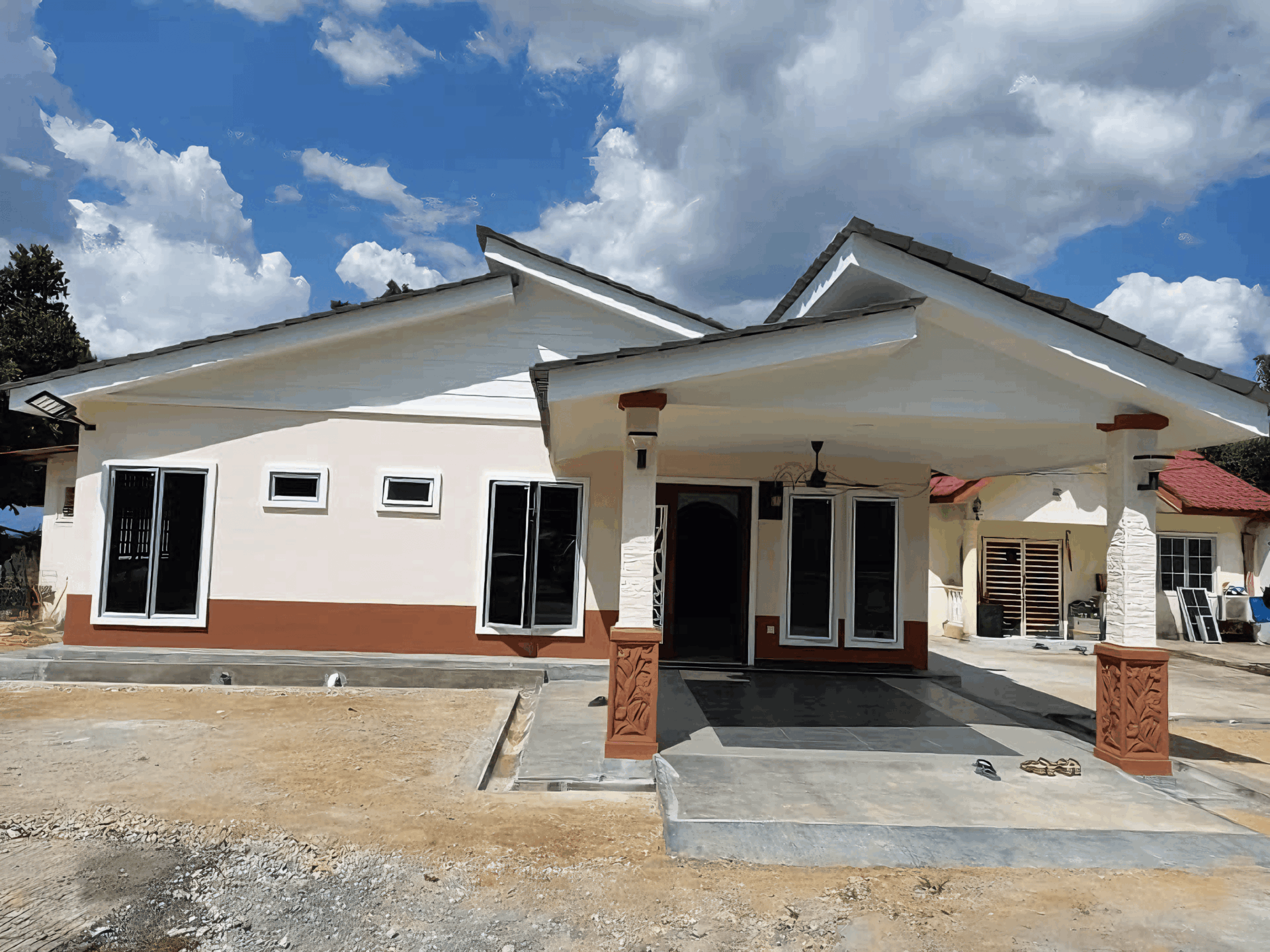
Budgeting Wisely: The Financial Blueprint for Success
When diving into the world of home construction, having a solid financial plan is like having a roadmap for your journey. Proper planning helps you visualize not just the end product but also each step along the way, ensuring that every dollar spent is accounted for. It’s essential to set clear financial goals, as this will guide your decision-making process. Here are a few aspects to consider:
- Estimate Total Costs: Look beyond just construction; think about permits, utilities, and interior finishes.
- Craft a Contingency Fund: Unexpected costs often arise, so setting aside an additional percentage helps you stay on track.
- Prioritize Expenses: Know what’s essential versus what can wait. This will maximize the impact of your budget.
Moreover, consider breaking down your budget into tangible milestones. This way, you can celebrate small victories and stay motivated through the construction process. Keeping a detailed budget sheet or using financial software can help you track expenses and avoid overspending. You could even create a simple table to monitor progress against your initial estimates:
| Milestone | Estimated Cost | Actual Cost | Status |
|---|---|---|---|
| Foundation | RM 30,000 | RM 28,000 | ✔️ Completed |
| Framing | RM 25,000 | RM 26,500 | 🔄 In Progress |
| Roofing | RM 15,000 | RM – | ⏳ Upcoming |
Lastly, regular reviews of your budget can help you stay aligned with your overall financial goals. Make it a habit to check your expenses weekly or bi-weekly and adjust your plans accordingly to maintain control over your financial health. This continuous monitoring will empower you to make informed decisions that can save you a lot of stress down the line. Remember, a well-planned budget is not just numbers on a page; it’s a powerful tool that leads to a smooth and successful home construction experience.

Choosing the Right Team: Selecting Contractors and Professionals
When diving into home construction, one of the most crucial steps is picking the right team. Your contractors and professionals can make or break the entire experience. Start by doing your homework: ask for recommendations from friends or family who have recently undertaken similar projects. Online reviews are invaluable, too. Don’t hesitate to meet potential candidates in person and assess their communication skills, responsiveness, and whether they genuinely understand your vision.
Next, ensure you check their credentials and previous work. Look for contractors who showcase a strong portfolio that aligns with your style and needs. It’s a good idea to inquire about their experience with projects similar to yours. A simple checklist can help you evaluate each contractor:
- Licensing and insurance: Make sure they are certified and insured to avoid future liabilities.
- References: Ask for and contact past clients to get their feedback.
- Project timeline: Understand how long they predict the project will take and their availability.
- Budget alignment: Ensure their estimates fit within your budget.
Lastly, communication is key. A successful working relationship is often built on transparent dialogue. Whether it’s discussing progress or addressing concerns, choose professionals who are approachable and responsive. To avoid any miscommunications down the line, consider setting up a simple project timeline and budget table to keep everyone on the same page:
| Phase | Estimated Completion | Budget Allocation |
|---|---|---|
| Foundation | 4 weeks | RM 20,000 |
| Framing | 6 weeks | RM 30,000 |
| Roofing & Siding | 5 weeks | RM 15,000 |
By carefully selecting your team and ensuring clear communication, you set the stage for a smooth and enjoyable construction process. So take your time, ask questions, and trust your instincts when making these key decisions.
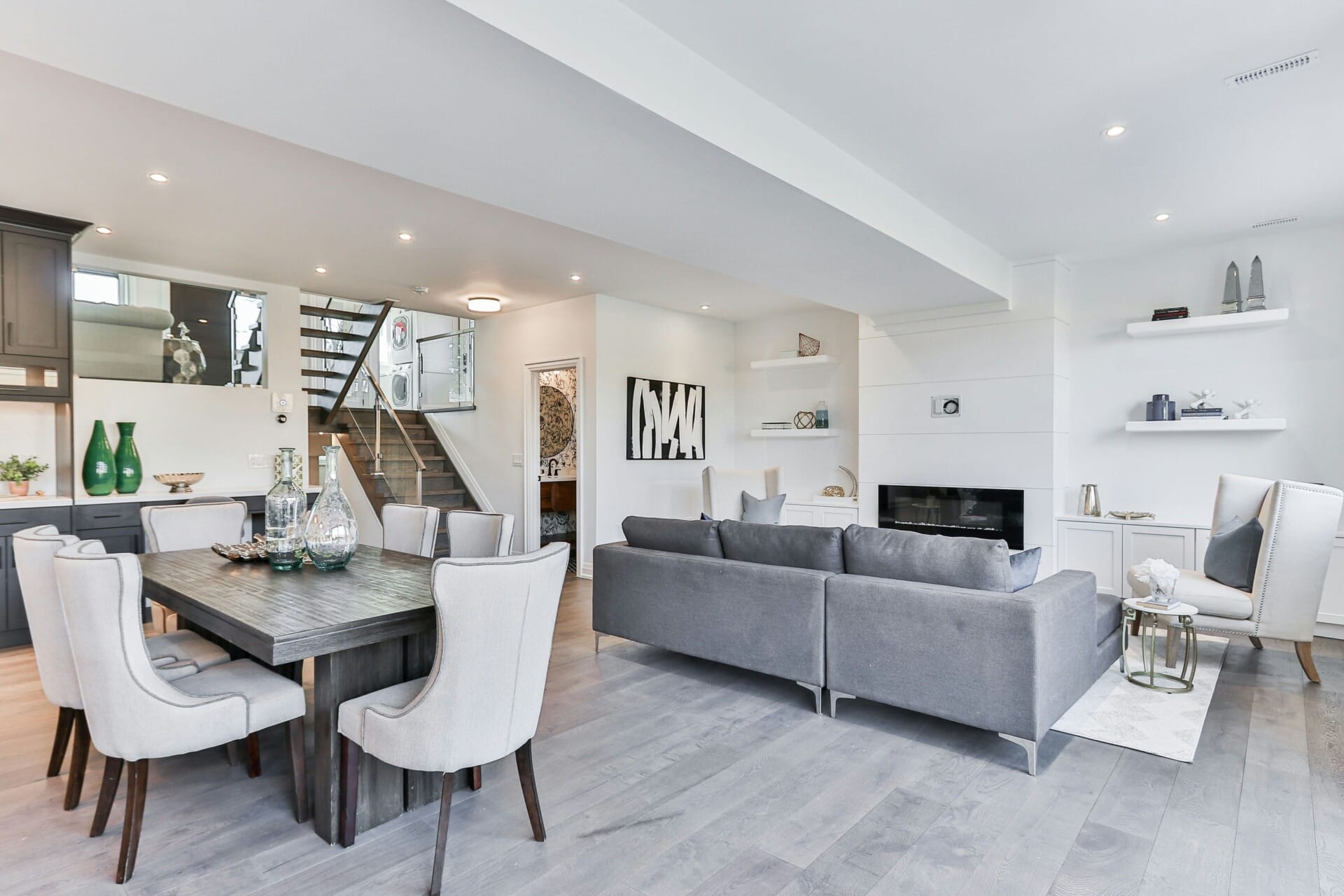
Navigating Permits and Regulations: A Crucial Step in Planning
When diving into the world of home construction, permits and regulations can feel like an overwhelming maze. Yet, navigating through this labyrinth is crucial for laying a solid foundation for your project. To avoid any hiccups down the road, start by identifying the necessary permits you’ll need. This often includes local building permits, environmental clearances, and zoning permits. Remember, each state or municipality may have its own requirements, so be sure to check with the local authorities or consult a professional for guidance.
It’s also beneficial to familiarize yourself with the building codes and regulatory standards relevant to your project. These regulations are there to ensure the safety, sustainability, and overall quality of construction. Here’s a quick reference list of what to look out for:
- Structural integrity and safety
- Electrical and plumbing standards
- Fire safety regulations
- Environmental impact considerations
Staying on top of these requirements not only prevents unnecessary delays but also saves you from incurring fines or having to redo work to meet compliance. A handy way to track your progress is by creating a simple checklist. Here’s an example:
| Task | Status |
|---|---|
| Gather project documentation | ✔️ Completed |
| Submit permit applications | ⏳ Pending |
| Review building codes | ✔️ Completed |
| Schedule inspections | ⏳ Pending |
By approaching permits and regulations methodically, you not only ensure compliance but also strengthen your project’s credibility and longevity. So, take the time to prepare and you’ll pave the way for a smoother construction experience!
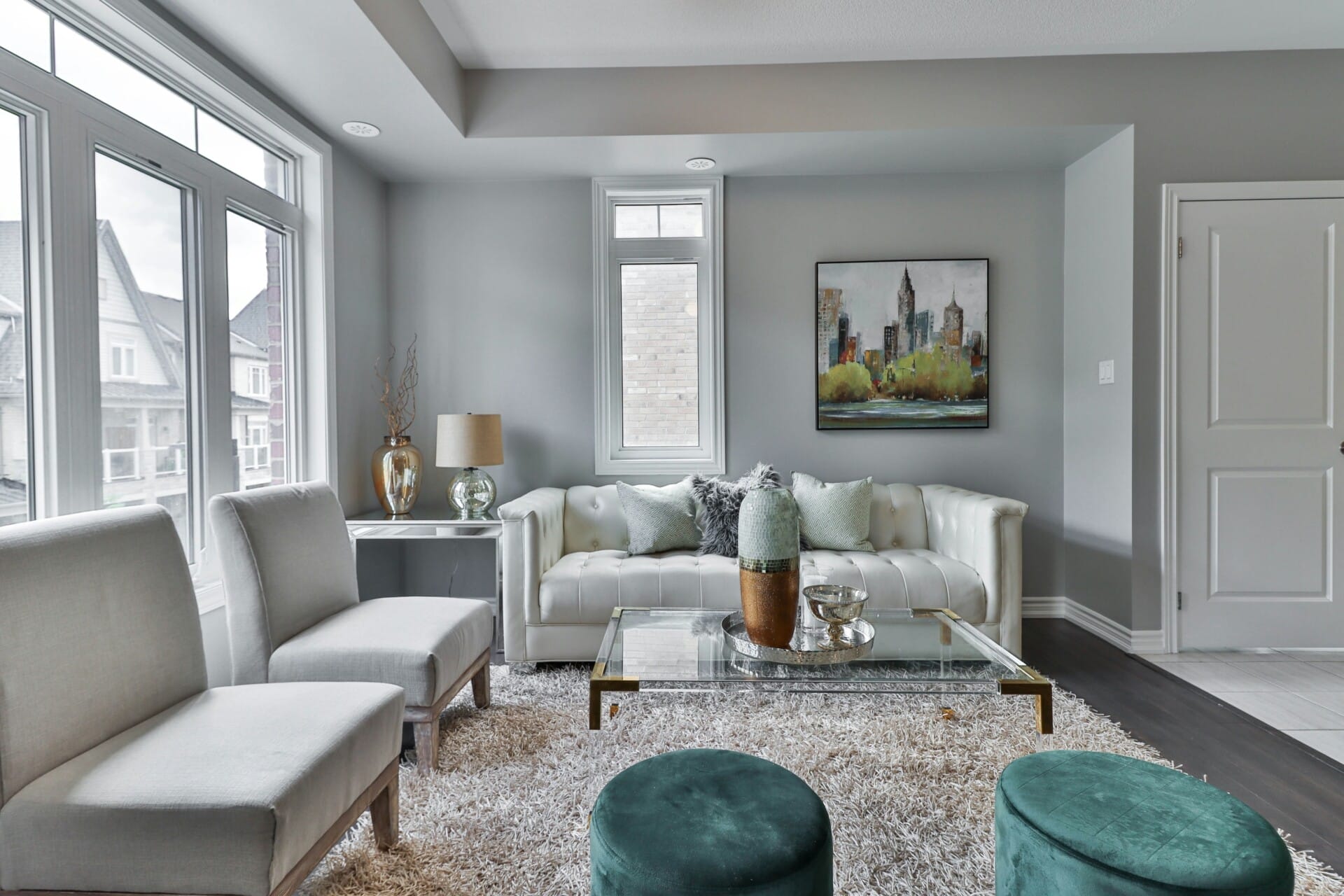
Designing with Purpose: Creating Functional and Aesthetic Spaces
Creating spaces that not only look good but also serve a purpose is key in any home construction project. When you’re planning your layout, think about the functionality of each room. Are you aiming for a home office that doubles as a quaint reading nook? Or maybe a cozy living room that will serve as the ultimate entertainment hub? By clearly defining the role of each space, you can ensure that every corner of your home contributes to your lifestyle, making it easier to relax and enjoy.
Another crucial aspect is considering the aesthetic appeal of your spaces. Take some time to explore different design styles, color palettes, and materials that resonate with you. Remember, a room’s atmosphere can greatly influence mood and productivity. Incorporate elements like natural lighting, greenery, and art that reflect your personality and taste. Here are some points to consider when tapping into aesthetics:
- Color Schemes: Choose colors that evoke the feelings you want in each space.
- Textures: Mix materials for a dynamic look; think wood, metal, and fabric.
- Lighting: Use both artificial and natural light to enhance the ambiance.
Lastly, keeping these elements in balance will not only create a visually pleasing environment but also promote a sense of harmony and tranquility. To make your planning process easier, consider using the following table for quick reference:
| Element | Function |
|---|---|
| Open Floor Plans | Enhances flow and maximizes space. |
| Multipurpose Furniture | Optimizes utility without overcrowding. |
| Designated Zones | Creates intimacy and focus within large areas. |
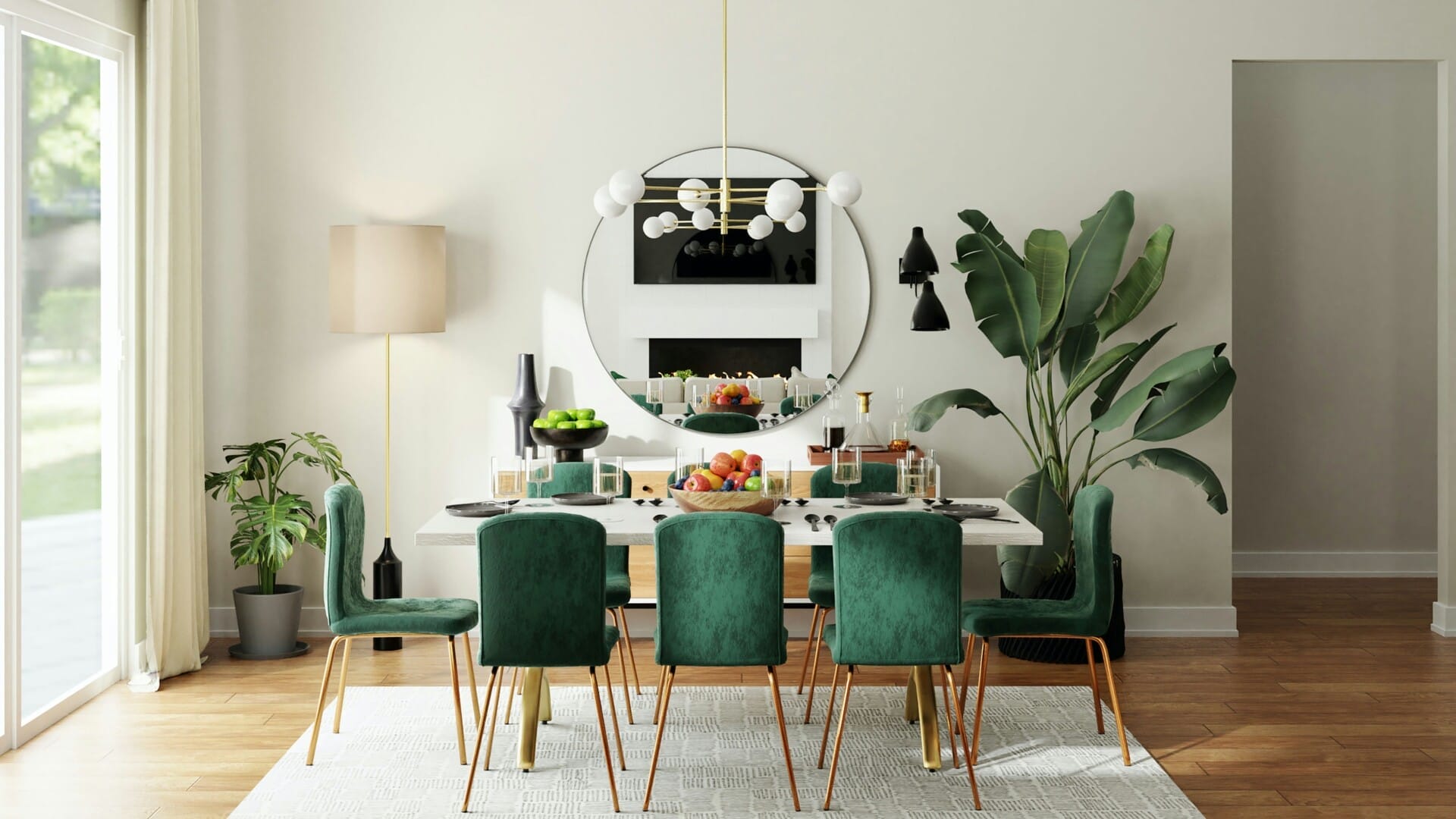
Anticipating Challenges: Risk Management Strategies for Home Builders
When venturing into the world of home construction, anticipating potential challenges is key to navigating the complexities of the process. Home builders should engage in thorough risk assessments at the outset. This involves examining various facets, such as market fluctuations, permit delays, and supply chain disruptions, which can significantly impact timelines and budgets. By identifying these risks early, builders can craft proactive strategies, like prioritizing reliable suppliers and establishing flexible timelines, that will help in cushioning unforeseen hurdles.
Moreover, having a solid communication plan in place can save a ton of stress down the road. Establishing clear lines of communication between all stakeholders—contractors, suppliers, and even the homeowners—is vital for addressing issues as they arise. Regular updates can help identify discrepancies before they balloon into bigger problems. Builders might want to consider setting up weekly check-ins or using project management tools to keep everyone in the loop and on the same page.
To further reinforce these strategies, developers can turn to insurance and warranties to mitigate financial risks. Ensuring that coverage is in place against construction delays, accidents, or property damage can be a safety net during the building process. Additionally, using contractual clauses that outline responsibilities and expectations for all parties involved can help avert misunderstandings that can derail projects. Below is a simple table summarizing some essential strategies to consider:
| Strategy | Description |
|---|---|
| Risk Assessment | Identify and evaluate potential risks early |
| Communication Plan | Establish clear communication channels among stakeholders |
| Insurance & Warranties | Protect against unforeseen construction-related issues |
| Contractual Clauses | Define responsibilities and expectations clearly |
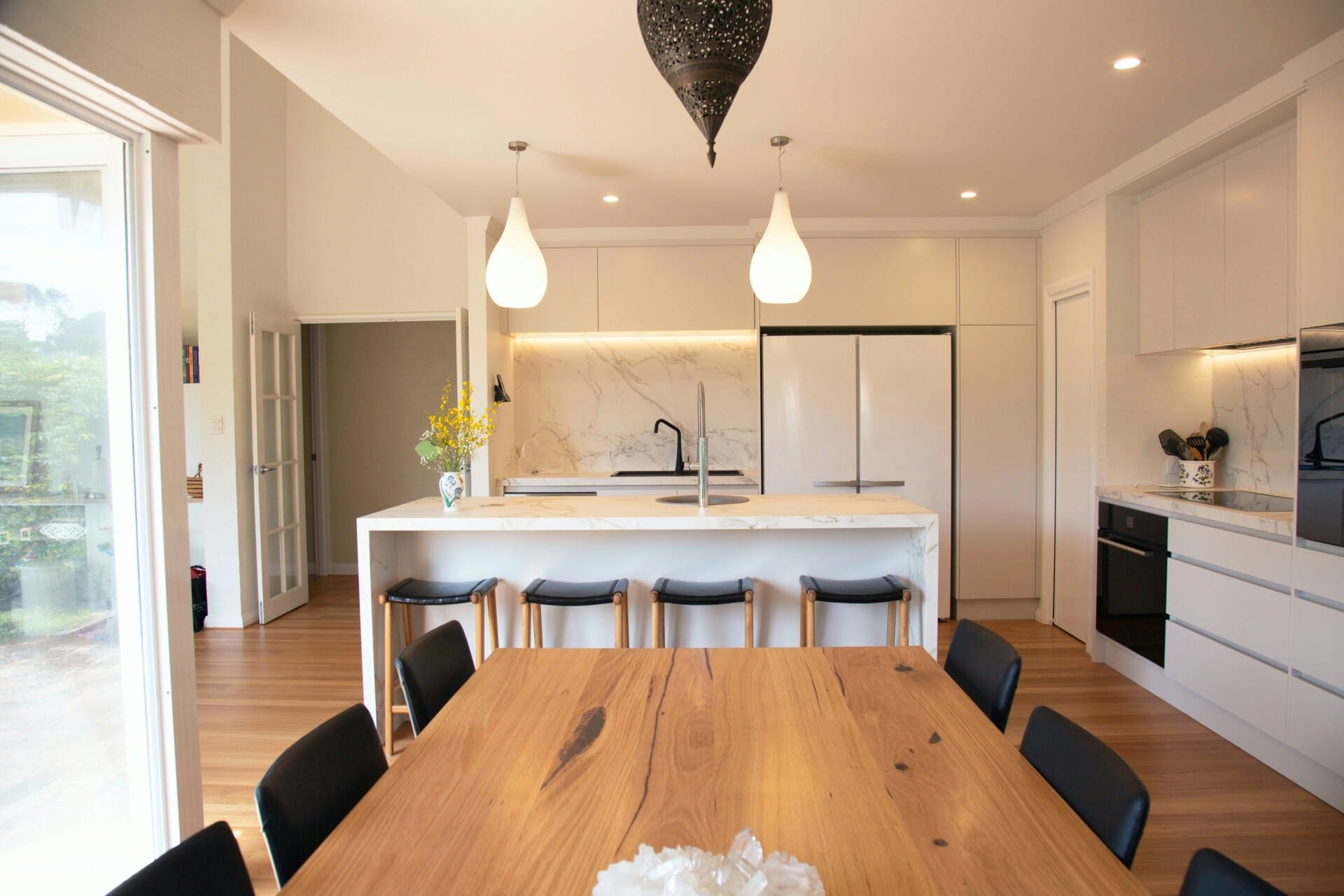
Establishing a Realistic Timeline: Making Time Work for You
Creating a timeline for your home construction project doesn’t just keep you organized—it also helps in effectively managing expectations and resources. One good strategy is to break your project down into smaller phases. This way, you can focus on one segment at a time without feeling overwhelmed. Advancing through the construction process can be made easier by creating a list of essential phases. Consider including:
- Design Phase: Finalizing your plans and obtaining permits.
- Foundation: Laying down the groundwork for your dream home.
- Framing: Building the skeleton of the house.
- Interior Work: Wiring, plumbing, and wall construction.
- Finishing Touches: Flooring, fixtures, and landscaping.
Another key factor is setting realistic deadlines for each phase. It’s essential to account for potential delays due to weather, supplier issues, or labor shortages. Incorporating a buffer period for each stage can save you from unnecessary stress. Below is a simple visual of how you might structure a timeline:
| Phase | Estimated Timeframe | Buffer Period |
|---|---|---|
| Design Phase | 2 months | 1 month |
| Foundation | 1 month | 2 weeks |
| Framing | 1.5 months | 2 weeks |
| Interior Work | 2 months | 1 month |
| Finishing Touches | 1 month | 2 weeks |
Keeping all these timelines in sync helps not only with staying on budget but also with reducing stress during construction. By thinking ahead, you make it easier to identify what’s feasible and avoid any construction hurdles that might pop up. So grab that planner and start mapping out the path to your beautiful new abode!
Closing Remarks
As we wrap up this exploration into the world of home construction, it’s clear that a little planning can go a long way. Just think of your dream home as a masterpiece waiting to happen—without a plan, it’s like trying to paint without a canvas. Navigating the twists and turns of building a home can seem daunting, but with the right blueprint in hand, you can turn that stress into smooth sailing.
Remember, it’s all about the details: from setting a realistic timeline to budgeting wisely and keeping open communication with your contractors. So, whether you’re building from scratch or renovating your space, keep in mind that planning is your best friend in this journey. With a bit of foresight and a sprinkle of patience, your dream abode isn’t just a vision on paper; it’s waiting to become your new reality. Here’s to a seamless construction experience and stepping into the home you’ve always wanted! Happy building!